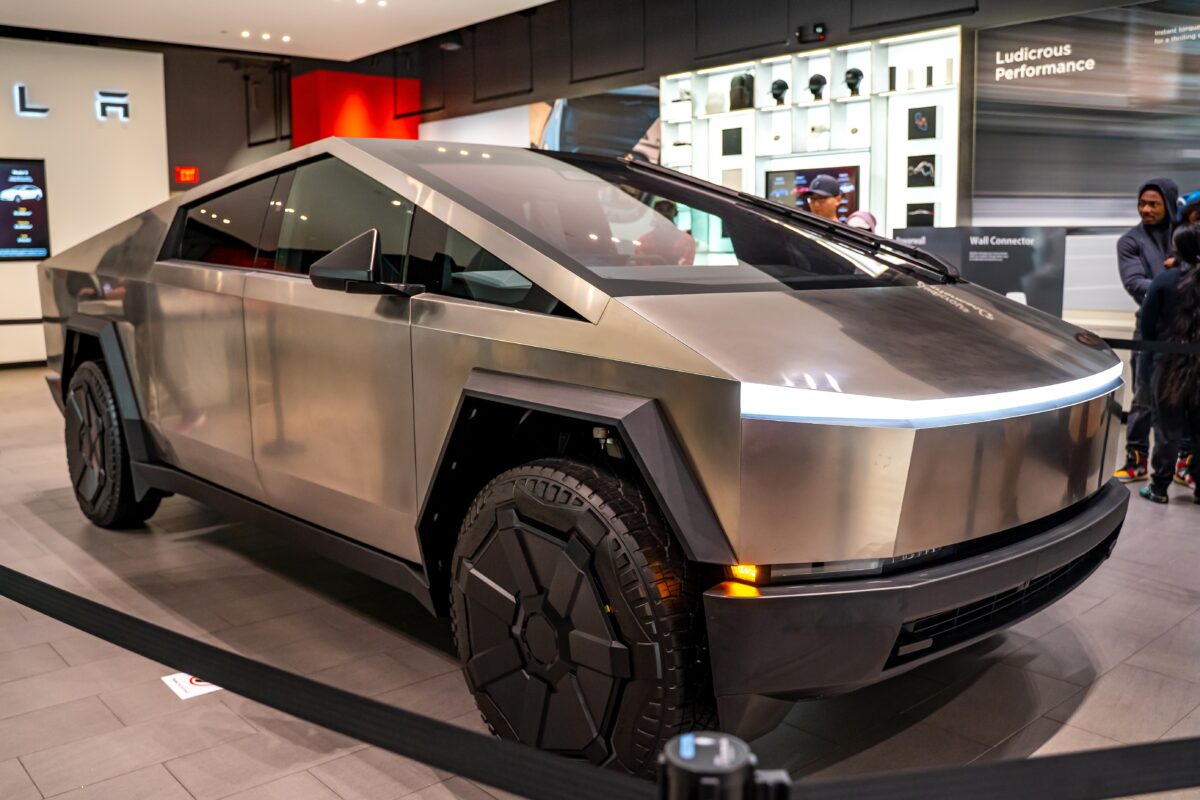TLDRs;
- Tesla and Hyundai have slashed EV prices by up to $9,800 to maintain competitiveness in the U.S. market.
- Tesla’s new base trims reduce costs through smaller batteries and fewer luxury features like ventilated seats.
- Hyundai’s Ioniq 5 now undercuts Tesla’s Model Y by $3,390, intensifying competition in midrange EVs.
- Falling new-EV prices are compressing used-car values and straining leasing and fleet resale margins.
The electric vehicle (EV) battlefield in the United States just got more intense. Tesla and Hyundai, two of the industry’s fiercest rivals, have both announced significant price cuts across their EV lineups in an effort to stay ahead in an increasingly crowded market.
Hyundai Motor slashed prices by up to US$9,800 on its 2026 Ioniq 5 and is offering a US$7,500 rebate on the 2025 model, drastically undercutting several competitors. Tesla, meanwhile, rolled out new standard trims for its popular Model 3 sedan and Model Y SUV on October 7, trimming prices by US$5,500 and US$5,000, respectively.
The move comes as automakers face softening EV demand, expiring federal tax credits, and rising inventory levels. Consumers, on the other hand, are the immediate winners as sticker prices drop and incentives expand.
Tesla Strips Features for Affordability
Tesla’s new base trims come with noticeable changes that reflect a clear shift in strategy, prioritizing affordability over luxury. The new Model 3 Standard now starts at US$36,990, with a 10% smaller battery, reduced driving range, and simplified interiors featuring cloth seats and manual adjustments instead of electric controls.
The Model Y Standard, priced at US$39,990, mirrors that approach. Tesla has also removed premium touches like ventilated seating and power-folding mirrors, effectively repositioning the cars toward first-time EV buyers or budget-conscious households.
These changes mark a major departure from Tesla’s earlier focus on premium electric mobility and signal a new phase in the company’s evolution, one driven by efficiency and market volume rather than exclusivity.
Hyundai’s Countermove Undercuts Tesla
Hyundai’s response was swift and aggressive. The Ioniq 5, once priced higher than comparable Teslas, now starts at US$36,600, undercutting the Model Y by roughly US$3,390.
The move not only makes Hyundai’s flagship EV one of the most competitively priced in its class but also gives it leverage in markets like California, Texas, and Florida, where Tesla dominates EV sales.
Meanwhile, the Kia EV6, Hyundai’s sibling model under the same corporate umbrella, finds itself priced higher than Tesla’s new base SUV, flipping last year’s price dynamics. The new landscape underscores just how quickly pricing hierarchies are shifting as automakers battle for U.S. market share.
Margins Squeezed, Values Shift
The cascading effect of these price cuts is rippling beyond dealerships. Analysts warn that rapid EV price drops are compressing used-vehicle values, straining lease residuals and fleet resale expectations. Wholesale EV prices at dealer auctions surged 6.4% year-over-year and 0.8% month-over-month in September 2025, as buyers anticipated changes tied to expiring tax credits.
As automakers adjust, new opportunities are emerging for residual analytics firms and vehicle remarketing platforms that specialize in forecasting resale values and liquidating excess EV inventory faster than traditional dealers can.
For now, though, both Tesla and Hyundai appear willing to sacrifice short-term margins for long-term dominance. The EV market has matured into a full-fledged price war, and legacy automakers are being forced to adapt or risk losing ground.






